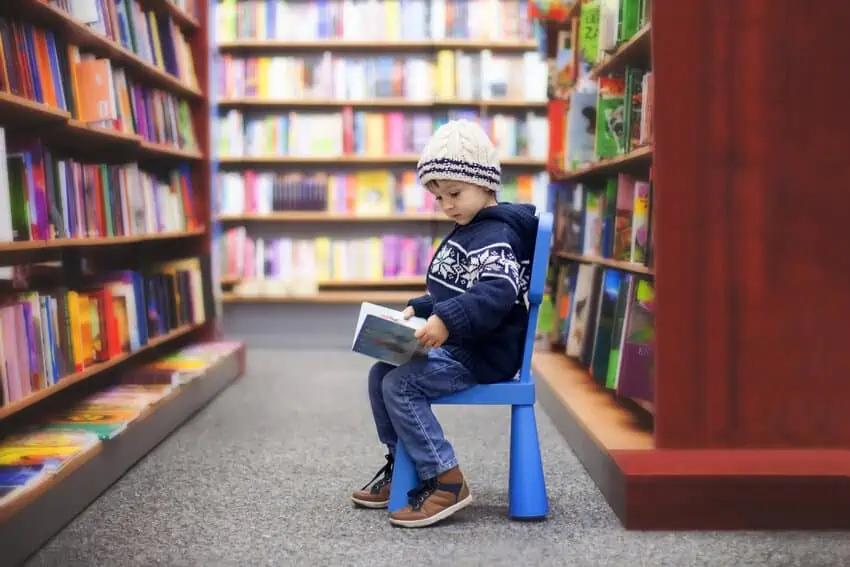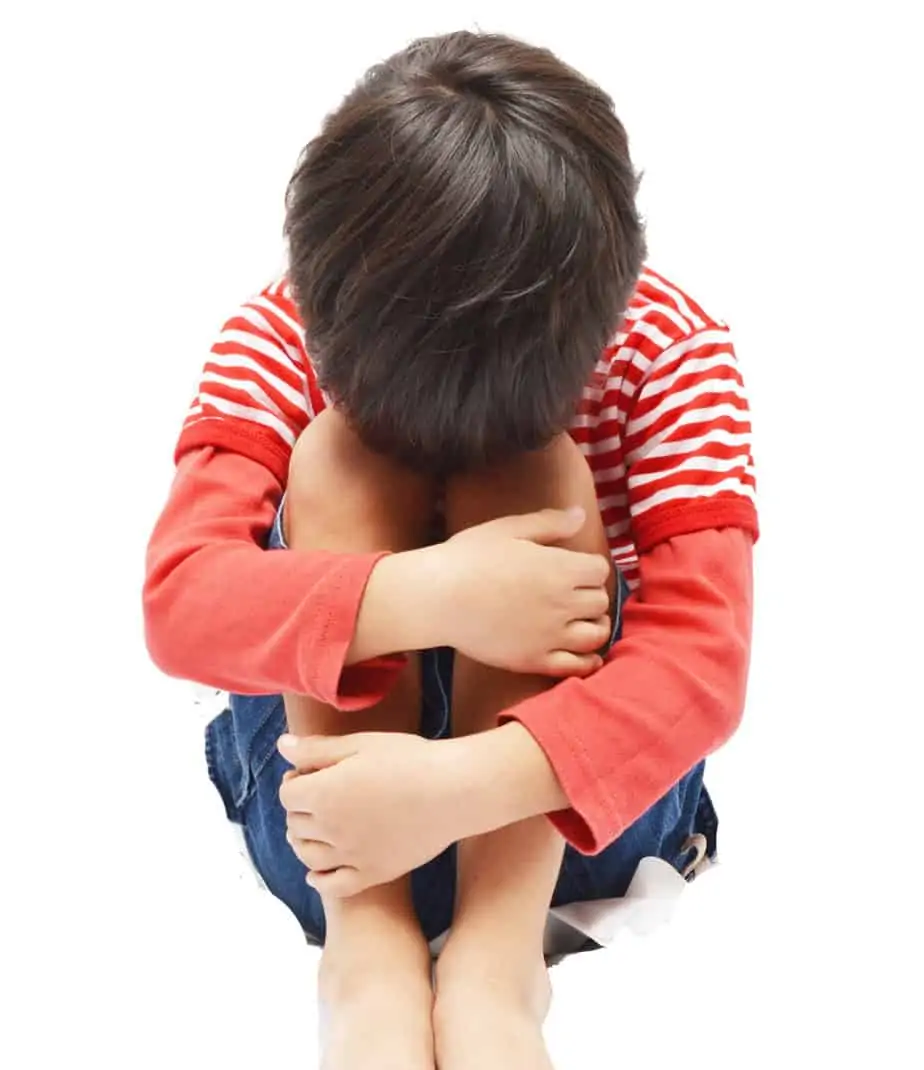Meet more than the basic needs of a child. Core emotional needs of a child to help them thrive, teach kids about emotions, and reduce power struggles. Plus, how using emotion picture cards and calm down toolkit can help to teach kids emotions and build emotional intelligence, and using reward and allowance charts to actually give your child more control.

Power: One of the Core Emotional Needs of a Child
If you have a child ages 3 – 8, you might be in the thrones of tantrums, meltdowns, outbursts, back talk, eye rolling, going from happy to tears in 2 seconds, and other challenging behavior.
Guess what?
Totally normal.
But, what happens what you teach children to develop the skills they need to recognize, then communicate and of course, manage their emotions in healthy ways?
–> Less power struggles, more cooperation.
–> Less tantrums, more communication.
–> Less back talk, more connection.
–> Less meltdowns, more peace.
Sounds really great, right?
The emotion picture cards and calm down picture cards I created years ago have helped tremendously in my house, especially when my twins were younger and would get so upset they couldn’t get their words out to explain their feelings.
Now my five-year-old is using them to help her put a name to her big feelings and it’s working once again… like magic.
But what else do you need?
It turns out, a whole lot.
What are the Basic Needs of a Child?
Basic needs are simple to satisfy for a child.
- Food and shelter
- Physical safety
- Emotional security
- Social skills
- Career abilities
- Internal skills
What are the Emotional Needs of a Child?
- A need for connection
- A need for control
- A need for competence
Cross-cultural research has shown that need satisfaction is necessary for all people’s healthy development, engagement, motivation, and well-being, especially children. (source)
Once you know more about the nature of psychological needs, it should be easier to find ways to satisfy them, particularly while raising your little ones.
First, ask yourself – what’s driving my child’s behavior and how can I help them?
Are they…
- Motivated from inside (Intrinsic motivation)
- Motivated to avoid a punishment or consequence, motivated by things outside of you (Extrinsic motivated)
What motivates your child to clean their room, do their homework, hep around the house? Is it instrinsic motivation, or fear of being punished if they don’t do it.
Once you begin filling their three psychological needs, you’ll see your child is more likely to seek out connection, set goals and do good.
As a parent, you play a big role on making sure each of these three needs are being met. It’s impossible to support each of these needs 100% of the time, but you can be aware of them and what may be missing, so you can fill the missing bucket.
Today, we’re going to talk about the need for control and the reason this is a core emotional need of children.
Stay tuned for parts 2 and 3 about the other core emotional needs of children over the coming weeks.
What Do Children Need to Develop Emotional Roundedness?
Recently, I’ve had a few conversations with a child therapist what it means to meet children’s core emotional needs.
There are three main components, and one of the key things she talks about is to let kids have more control.
This is a hard one for a lot of people, I know I like feeling in control precisely 99% of the time, so giving away some of it, makes me uncomfortable.
Think about it.
Who makes most of the decisions about what your kids eat for dinner, when they go to bed, where they go, what they wear, what they’re allowed to do and not do?
When I put myself in my kid’s shoes, I can see crystal-clear why power struggles happen.
The problem with too much control is that it creates two types of kids.
- Kids who always comply
- Kids who defy
My friend Darcy went on to explain that kids who always comply are less likely to not think on their own or act autonomously because they’re focused on pleasing their parents and getting approval, instead of doing and thinking for themselves.
And then, kids who defy are often labeled “troublemakers.” These are the kids who you think of when it comes to “power struggles,” and they have power struggles because they don’t feel they have any and it’s one of their core needs.
You see the problem?
Don’t we all want kids who think for themselves, and aren’t compelled to defy and engage in power struggles? Too much control doesn’t allow for any of these things to happen.
So, what do you do?
Teaching Kids About Emotions Means Giving Them More Control
Treating the cause means supporting children’s need for more control over their own lives.
How the heck do that? Where do you start?
You pick on area, and you start small, and build from there.
As parents, we need to provide a lot of opportunities for our kids to make mistakes when it’s not a big deal, than when they’re adults.
I asked myself, “Where is one place I can give control and use it as a teaching tool as well?”
Annnnnd… how can I give my own kids more control, without letting our routines, chores and responsibilities slide? What did I struggle with as an adult?
MONEY.
Yep, money is something I really struggled with as a young adult because my parents never taught me about money. I never learned how to manage it because I never had it. I didn’t know how to save and how to budget. I spent it when I had it, and spent more than I had by making bad decisions with credit cards.
I felt out of control, helpless and like the least money savvy person on the planet.
This was my starting point with my kids because they’re at an age where they are learning about money in school, are aware of how money is used and the things they want cost money.
For the past month, we’ve used these allowance and reward charts to…
A) show our kids how much control they have over the end result and
B) for my older kids who receive an allowance, start the process of raising money competent kids, and
C) give the kids more independence
Note: Taylor (whose five) is using this as a reward chart for small rewards she can earn by fulfilling her responsibilities during the week. We’ll work in an allowance in time but she has no concept of money yet.
I realize some may see giving my children an allowance as controversial, but I want them to make their spending mistakes now, so they don’t in the future.
They get to decide how to spend their money, even if I’m cringing or think their purchase is a bad idea, I’ve been resisting the urge to control what they buy.
At the beginning my son’s money burned a hole in his pocket as soon as he received it, but in the last few weeks, we’ve begun noticing him saving his money and planning for things he wants.
More Ideas to Stop Power Struggles By Giving Power to Kids
Here are more ways to help give kids control:
- Throughout the day, provide your kids as many proactive choices as possible. If you can, plan choices ahead when you know there is potential for power struggles, and this will also help you stay calm.
- Don’t jump in when your kids are hurt or upset to fix things, but let them fail to help them develop the ability to manage negative emotions and find solutions on their own.
- Provide lots of opportunities now for them to make mistakes when it’s not as big a deal, than when they’re adults.
- Listen to their opinions – they may have an opinion you haven’t considered. This goes both ways as well. When I share my perspective and explain my reasoning, they’re more likely to accept my decision because they understand it.
I promise, Letting go for the need to control means more freedom for you too!
More Positive Parenting Resources on Emotional Intelligence and Teaching Kids About Emotions:
- Help Your Children Understand Emotions and Develop the Emotional Intelligence They Need
- 7 Ways to Help Kids Identify Feelings & Control Emotions
- How to Respond to Your Child’s Negative Self Talk & When They Want to Give Up
- Handling Toddler Tantrums: Big Emotions & Helping Your Toddler Feel Heard
- Parents: 5 Steps to Teach Kids How to Manage Big Emotions (Free Printable)
- 6 Positive Parenting Techniques to Use Rather Than Yelling
Want even more?
Shop All Parenting Resources
Shop all of our parenting resources from self-regulation tools and managing big emotions to building self esteem and confidence. There are resources for all seasons of life!









